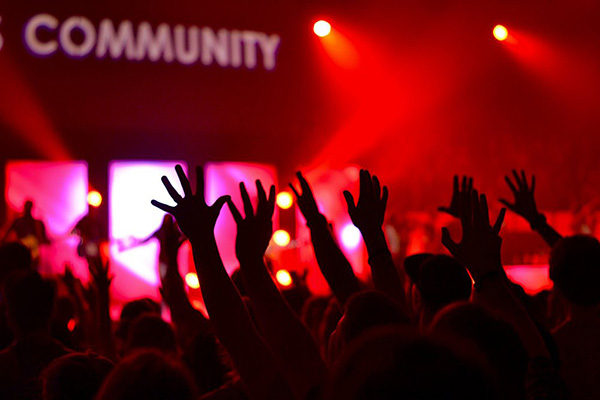01
Worship Services
The primary use case for live streaming in churches is to broadcast worship services. The live stream captures the sermon, music performances, prayers, and other elements of the service. This allows individuals who are unable to attend in person, such as those who are homebound, traveling, or located far away, to participate in the worship experience remotely.
02
Special Events and Celebrations
Churches often host special events and celebrations, such as weddings, baptisms, Easter or Christmas services, and community outreach programs. Live streaming these events allows a wider audience to be a part of the celebrations and share in the spiritual moments, even if they cannot be physically present.

03
Virtual Prayer Meetings
Prayer is an essential aspect of many religious communities. Live streaming prayer meetings or vigils enables individuals to join in communal prayer, offer intentions, and experience the sense of unity and support even from a distance.
04
Bible Studies and Teaching Sessions
Churches can live stream Bible study sessions, theological teachings, or workshops conducted by pastors, guest speakers, or theologians. Remote participants can actively engage by submitting questions, participating in discussions, and following along with study materials.
05
Youth and Children's Programs
Churches often have dedicated programs for youth and children. Live streaming these programs allows parents and families to watch their children's performances, plays, musicals, or special activities remotely when they cannot attend in person.

06
Community Outreach and Social Initiatives
Churches engage in various community outreach and social initiatives, such as food drives, charity events, or volunteer work. Live streaming these activities can raise awareness, encourage participation, and allow supporters to witness the impact of their contributions.
07
Pastoral Care and Counseling
Churches may use live streaming for pastoral care and counseling sessions, providing support to individuals who are unable to attend in-person sessions. This enables them to receive guidance, prayer, and emotional support from their pastoral leaders remotely.
These examples showcase how live streaming can extend the reach and impact of churches, fostering community, inclusivity, and spiritual growth among a wider audience. The specific workflows and technology used will depend on the church's resources, technical infrastructure, and the needs of the congregation.


